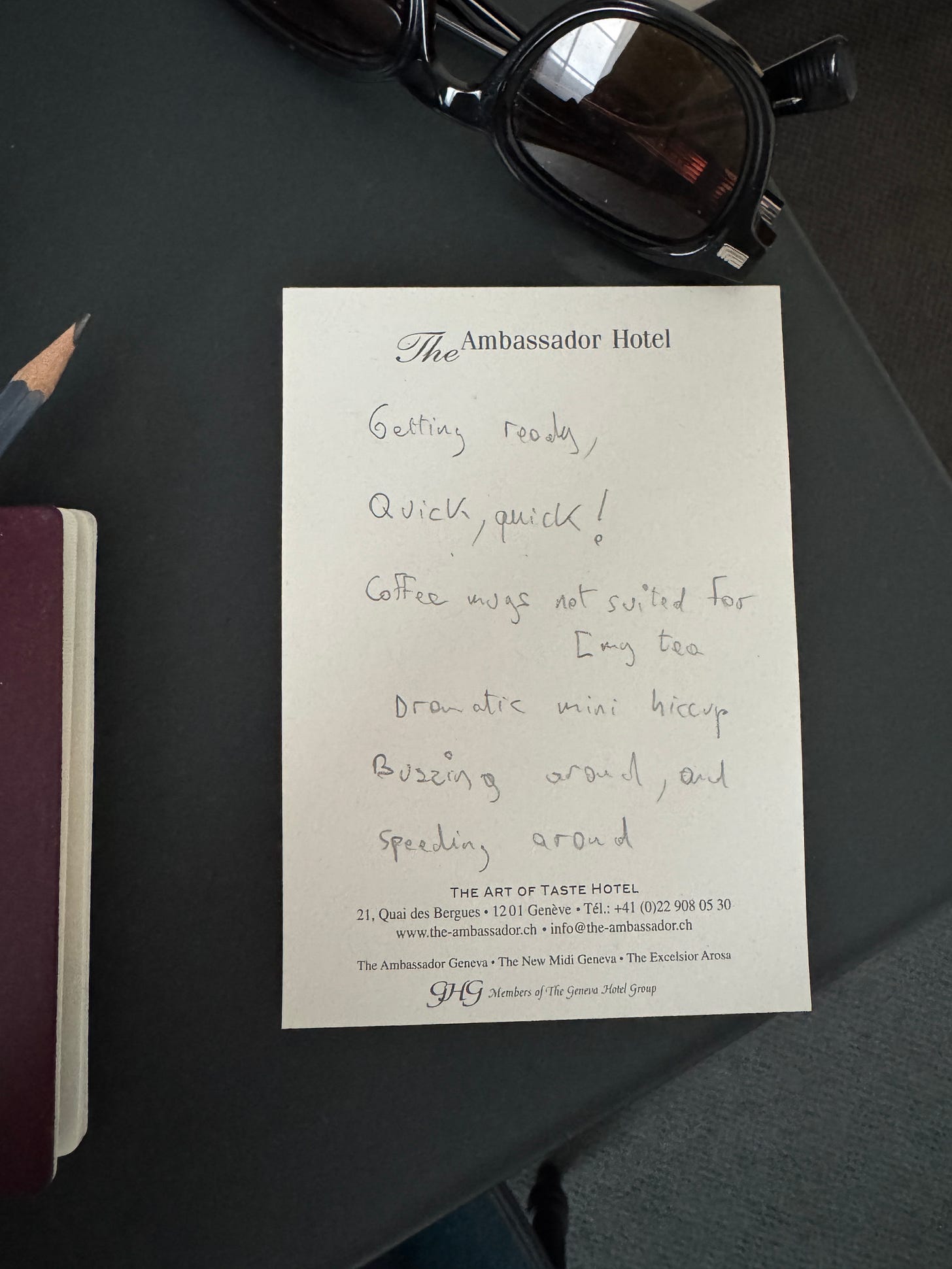Saving the Invisible
What if our most impactful digital emotions were precisely the ones we can no longer retrieve?
Tuesday evening on Earth. A letter written between Geneva and Paris, where I traveled to discuss heritage and digital at the Fondation Haute Horlogerie. Feel free to share and recommend.
A significant part of our emotional life online disappears from servers: temporary Stories or statuses, deleted messages, these are seemingly invisible traces that nevertheless deeply shape our emotional memory, both individually and collectively.
Digital ephemerality: a false disappearance
This disappearance is therefore relative, as our memories retain a myriad of digital fragments, those moments and events that actually happened.
Ephemeral content (Instagram Stories, Snap...) generates heightened emotional intensity precisely because it's meant to vanish. Its fleeting nature amplifies emotional impact. Content shared with a limited group ("close friends") acquires a special, intimate value, reinforcing an implicit bond between sender and recipient. Similarly, exchanging temporary images during a flirt creates a unique tension, establishing an emotional precedent felt exclusively by the participants involved.
Digital liveness - the quality or state of being alive - emerges precisely from these emotional cues, often invisible to distant audiences: unexplained pauses during conversations produce charged silences, while subtle changes in online behavior (fewer likes, reduced interactions) may indicate relationship deterioration or deeper emotional states (sadness, mourning, burnout).
In this way, the digital world faithfully mirrors real life: what is left unsaid, unseen, or unexplained often holds the strongest emotional charge.
The intimate museography of our digital lives
draws a fascinating parallel between museums and our personal lives. We spend our existence curating an edited version of ourselves, choosing which stories deserve to be highlighted and which anecdotes remain forever hidden:“But museums also choose what to display, what to let rest in the dark, and what to reveal again under new light.
They’re not mausoleums — they are spaces of loss and rebirth. Alive, even in silence.
We are like that too.
Full of rooms. Piled-up memories. Crookedly hung frames.
Ideas that need to come out of storage.”
Babi from Letter B.
This act of saving the invisible involves consciously selecting what seems most precious. Some prefer writing film quotes in notebooks; others document precisely how they felt.
Digital memory thus shifts from its original platform: sometimes entirely analog, as with journaling in paper notebooks, sometimes digital, through tools like the Notes app. This new context can offer a rich reinterpretation, much like a museum curator creates new narratives around artworks, thanks to their talent for organizing and orchestrating content.
The urgency of saving the invisible
We discussed it a year ago: the internet isn't eternal. 38% of web pages from 2013 are now inaccessible. Consequently, 54% of Wikipedia pages contain at least one reference link pointing to non-existent pages.
This vulnerability underscores a fundamental paradox: collective emotional memory isn't preserved in traditional archives but rather lives in conversations, shared memories, informal stories. Saving the invisible thus involves preserving a fragile collective memory anchored in emotions and human interactions rather than data stored on servers.
Given this digital fragility, we must consider how we can preserve this emotional memory, ensuring our ephemeral experiences aren't completely lost in the relentless digital flow
The Stat of the Week: 88%
According to eMarketer, 88% of Gen Z say they're open to sharing personal data with social media companies. It represents 20 percentage points higher than older generations.
Amazing links
Paved with desire (Dirt)
I shared some views for CNN: Hot on the red carpet: Jewelry you can’t buy (CNN)
Have a great week! This newsletter is written with love, passion, and (French) coffee. Feel free to share this newsletter, like, comment, or keep sending me emails: these notifications are a joy.
My book “Alive In Social Media” is still available on Amazon.


